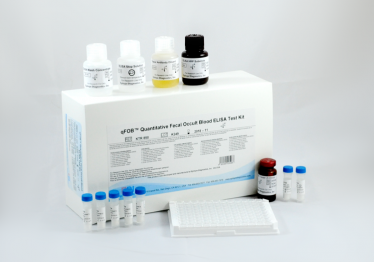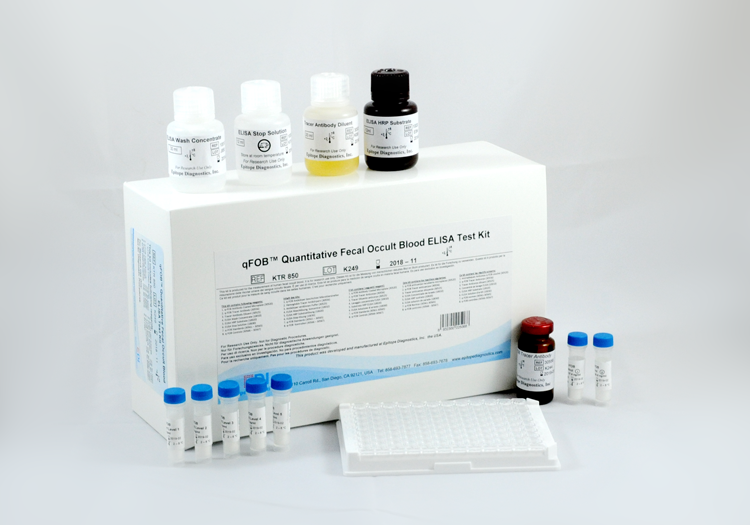Selected Literature
1.Tarquini B,Gheri R, NeriB, et al. Circadian study of immunoreactive prolactin in patients with cirrhosis of the liver.Gastroenterology, 1977, 73(1): 116-119.
2. KarimanN, Hedayati M, Majd SA. The diagnostic power of cervico-vaginal fluid prolactin in the diagnosis of premature rupture of membranes.Iran Red Crescent Med, 2012, 14(9): 541-548.
3. Keeler C, TettamanziMC, MeshackS, et al. Contribution of individual histidines to the global stability of human prolactin. Protein Sci, 2009, 18: 909-920.



